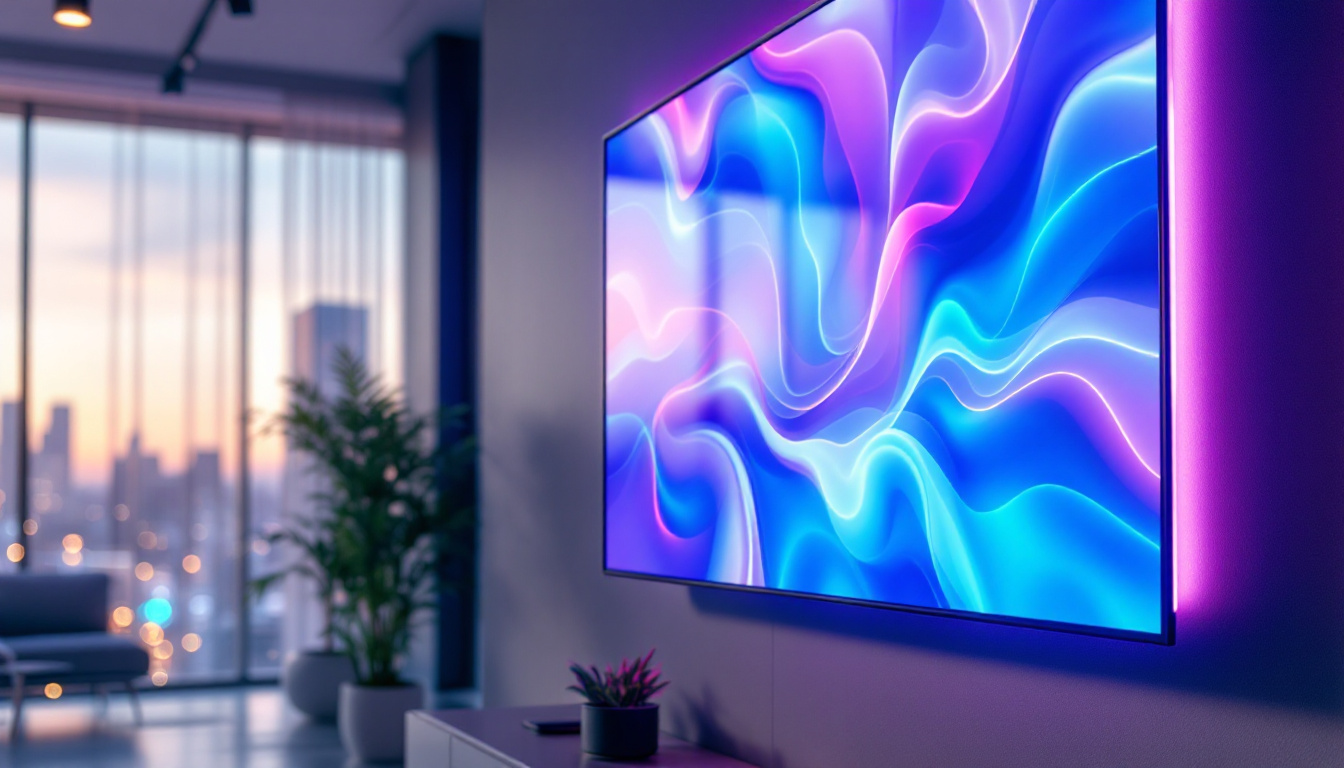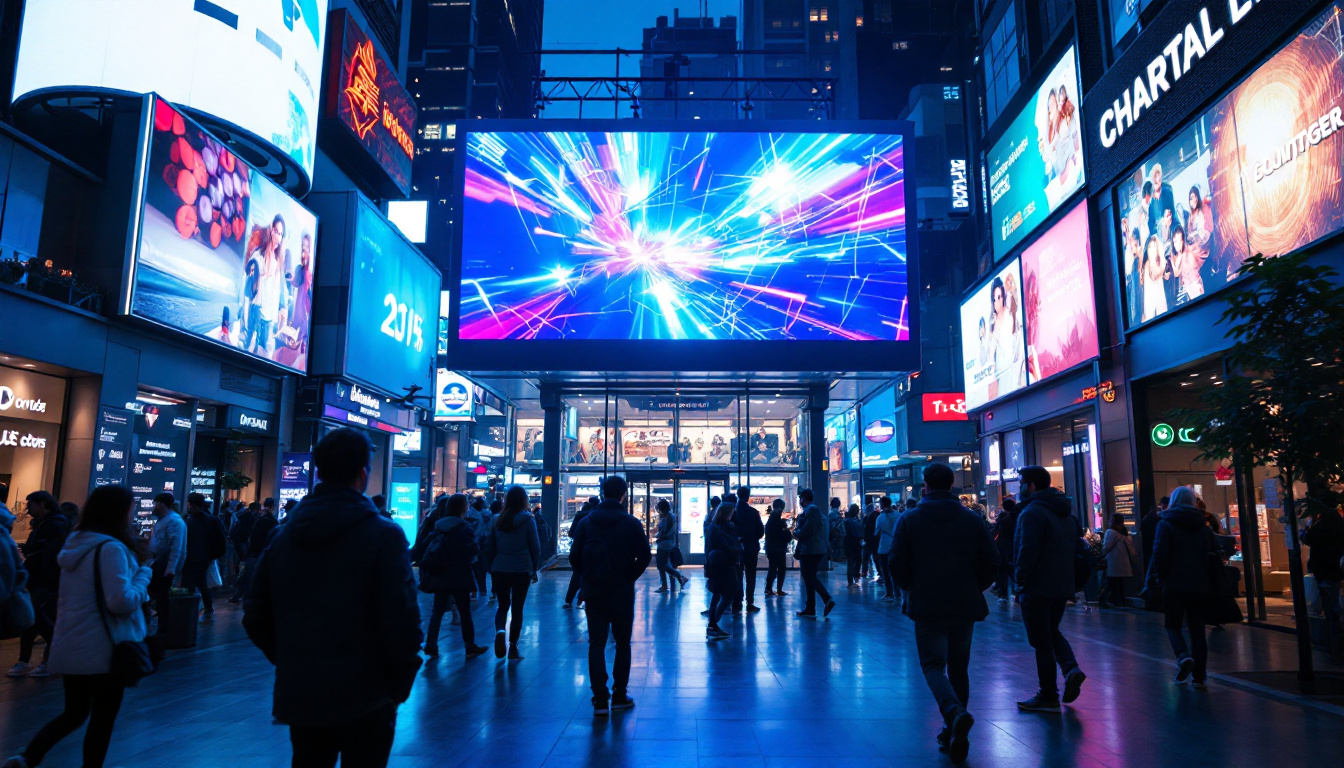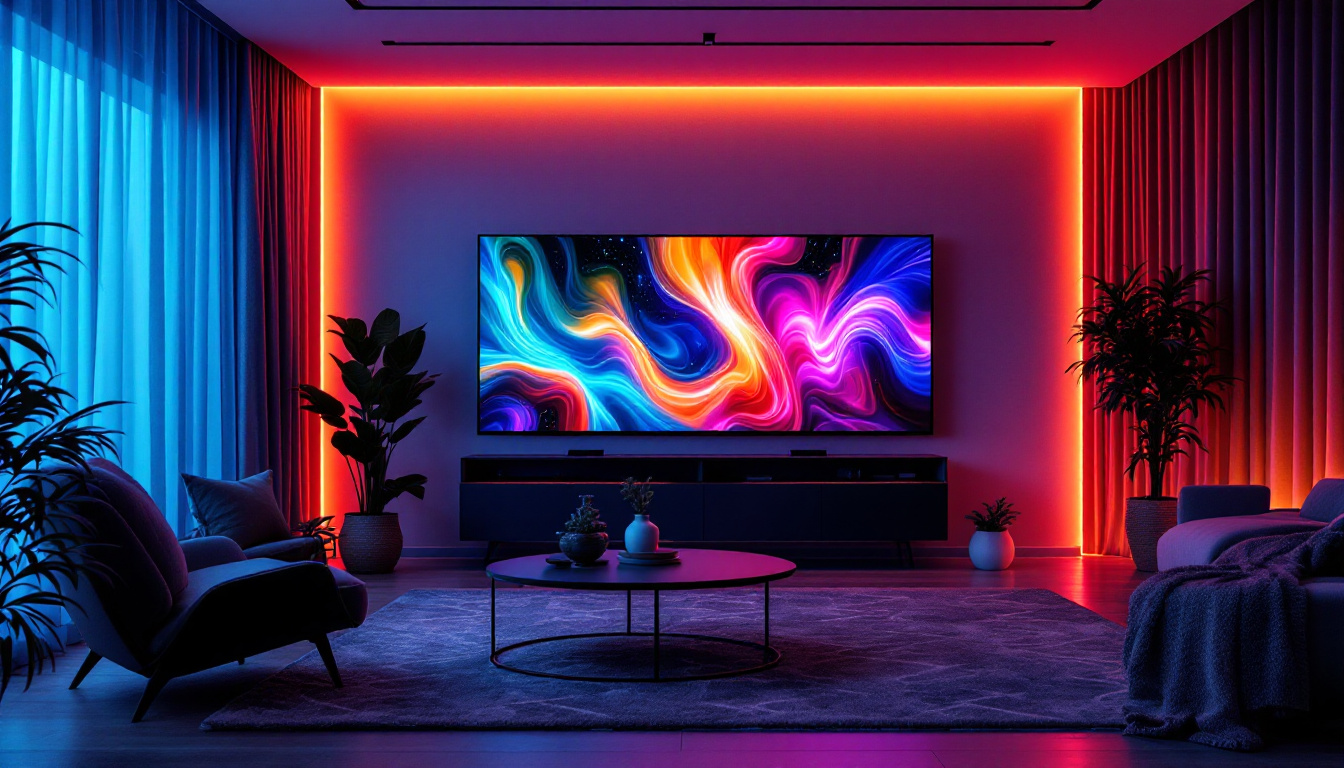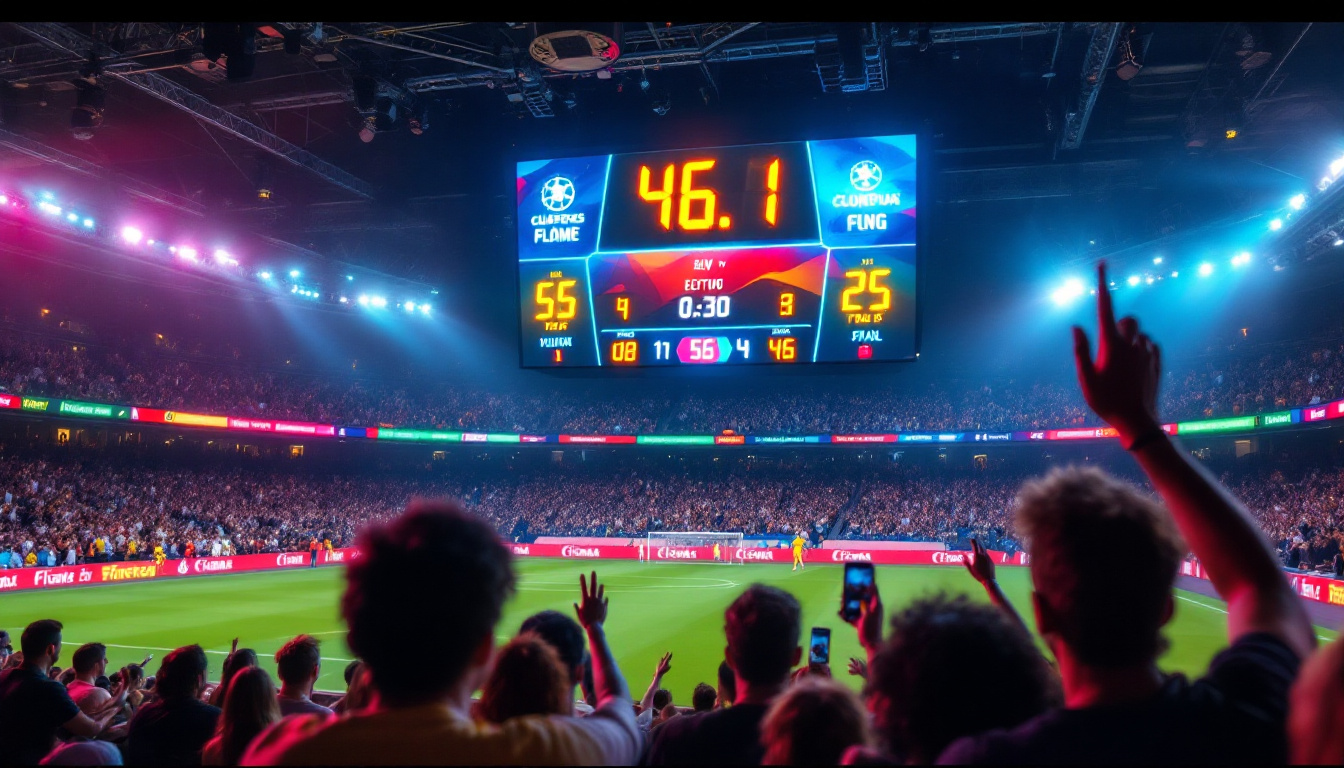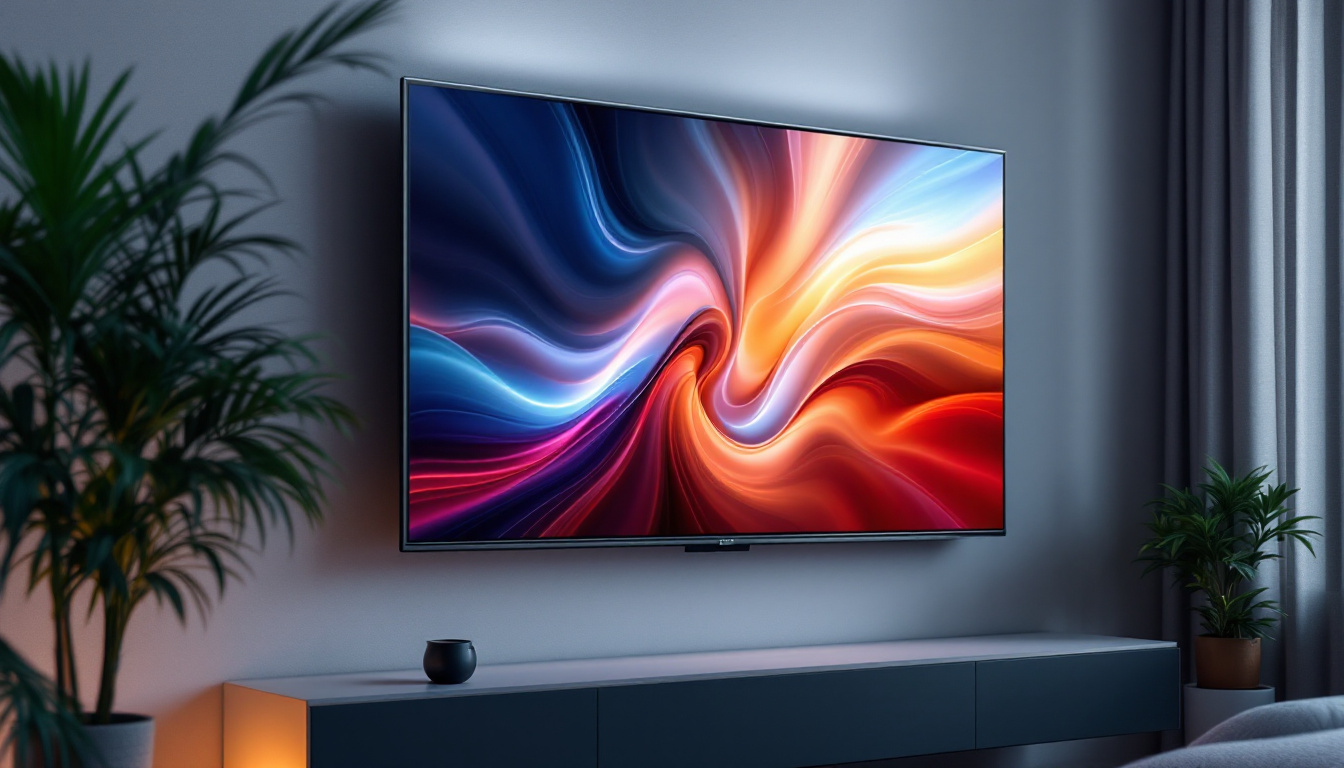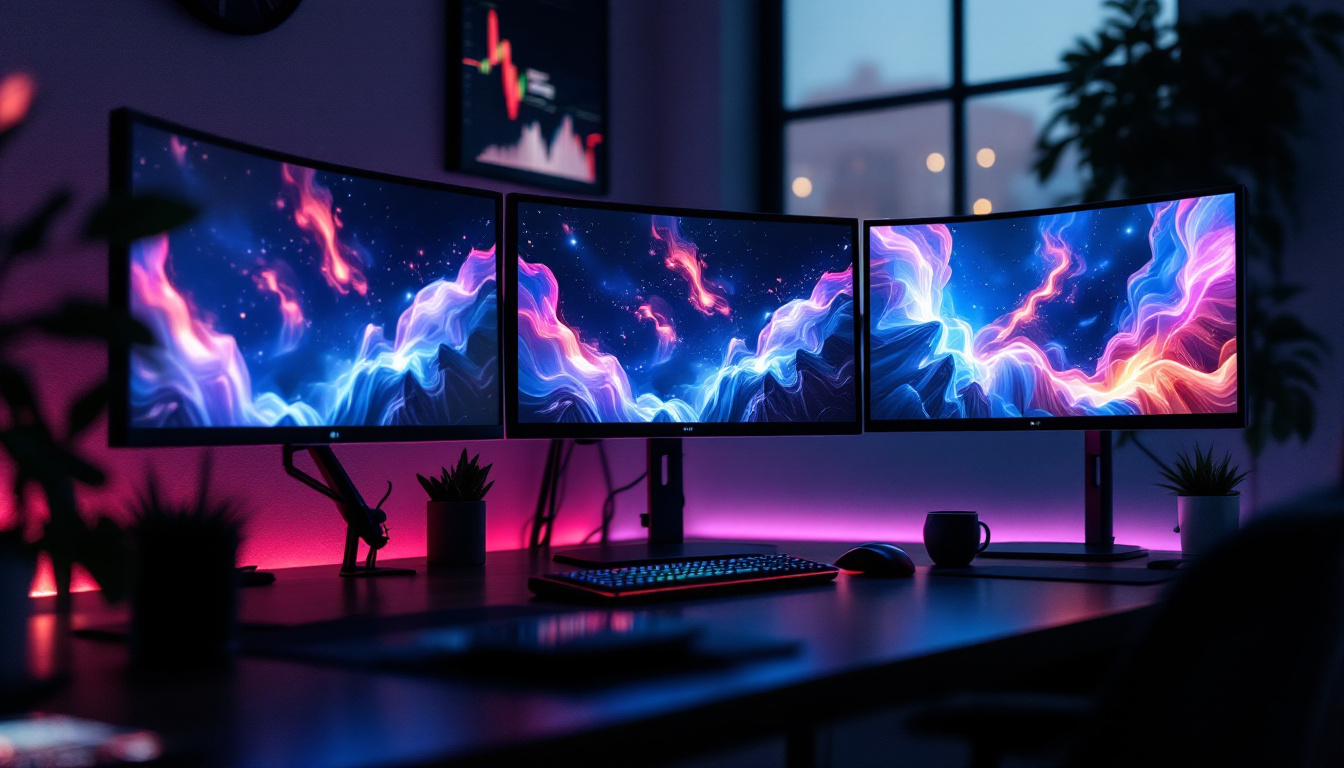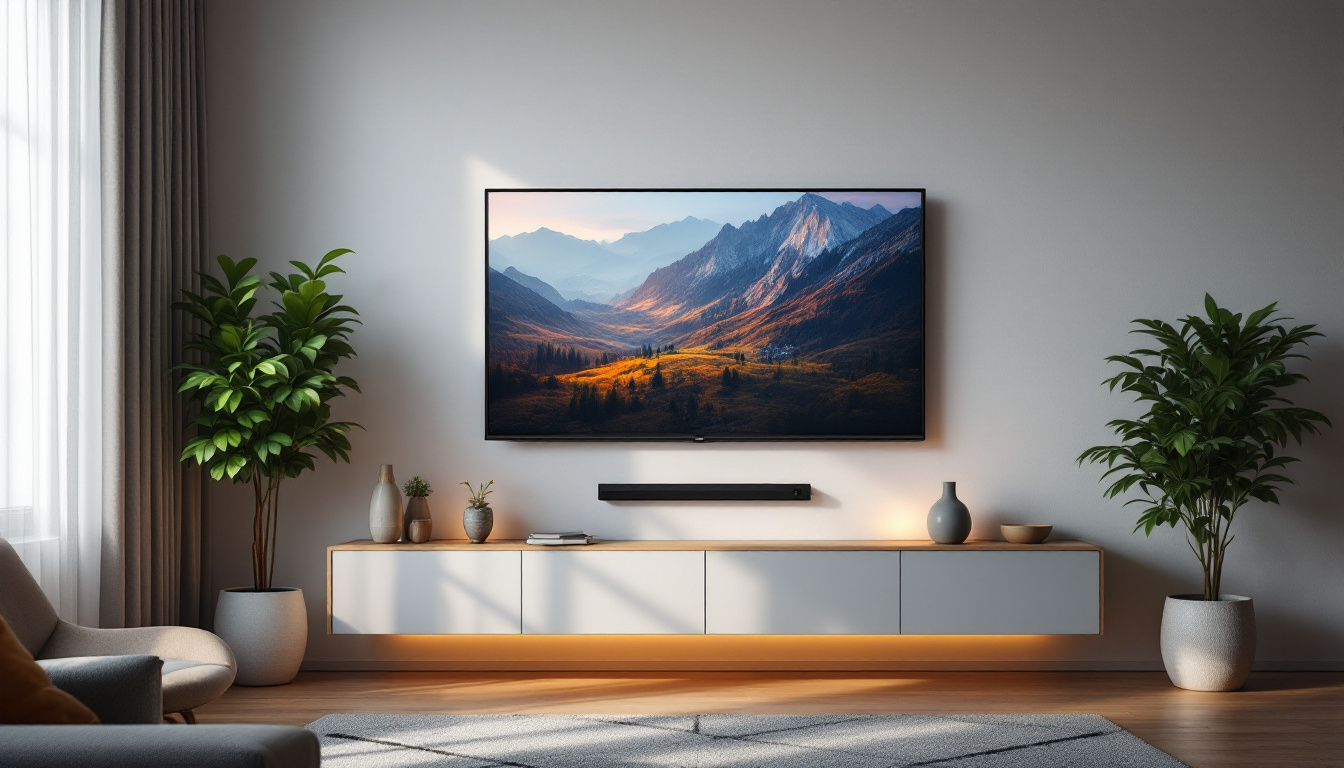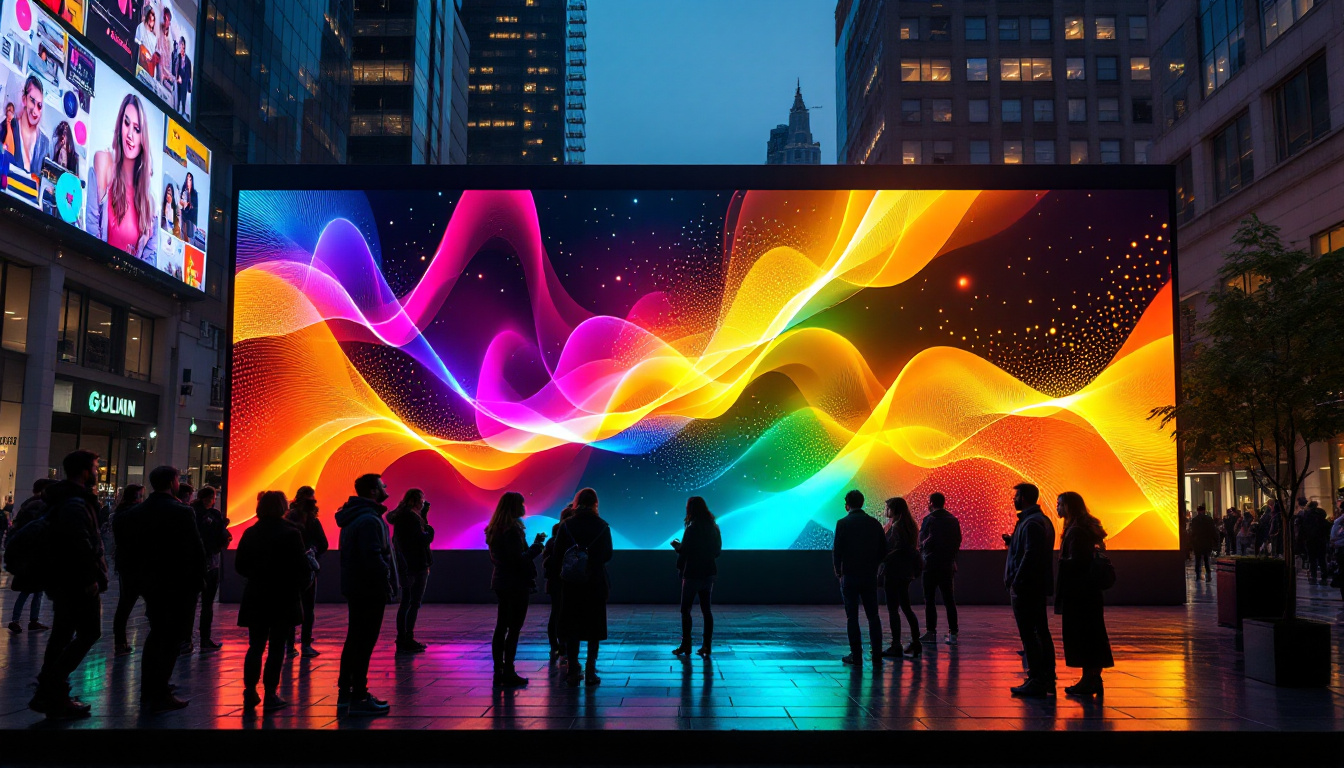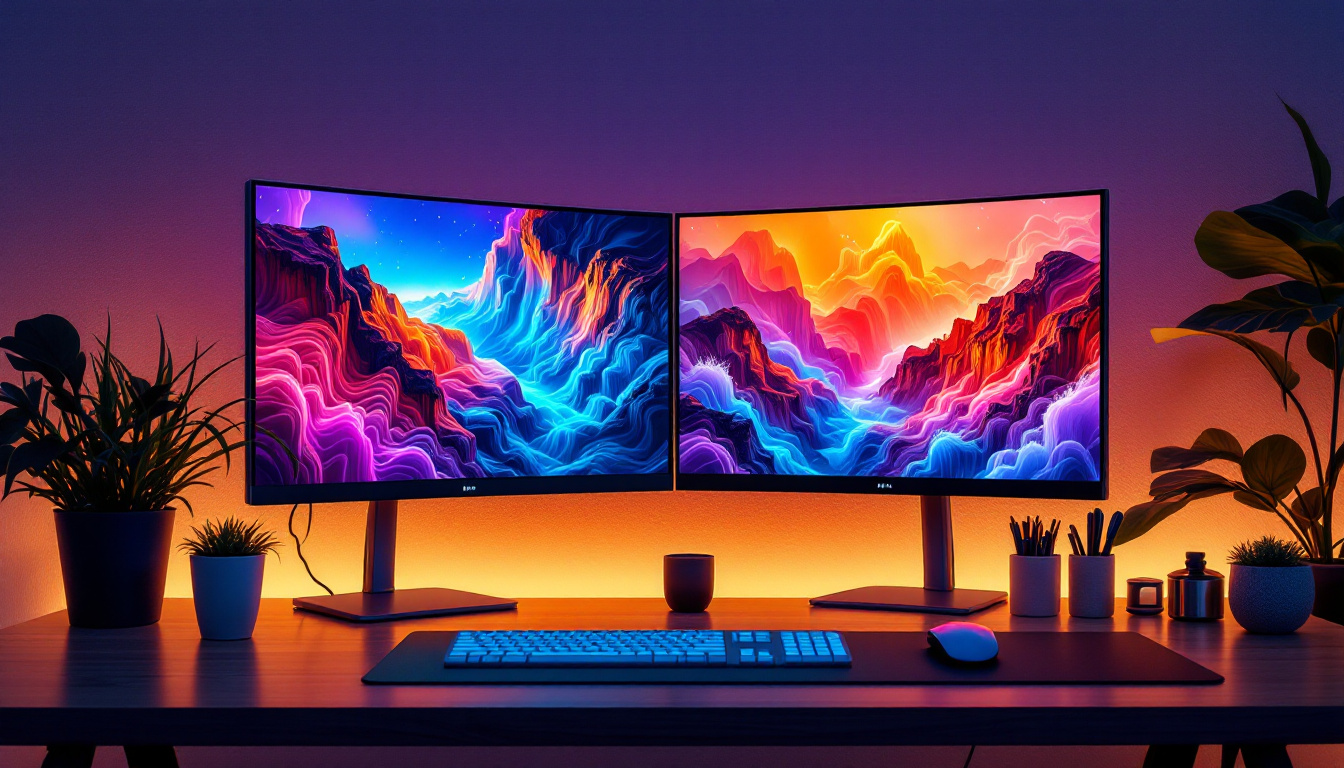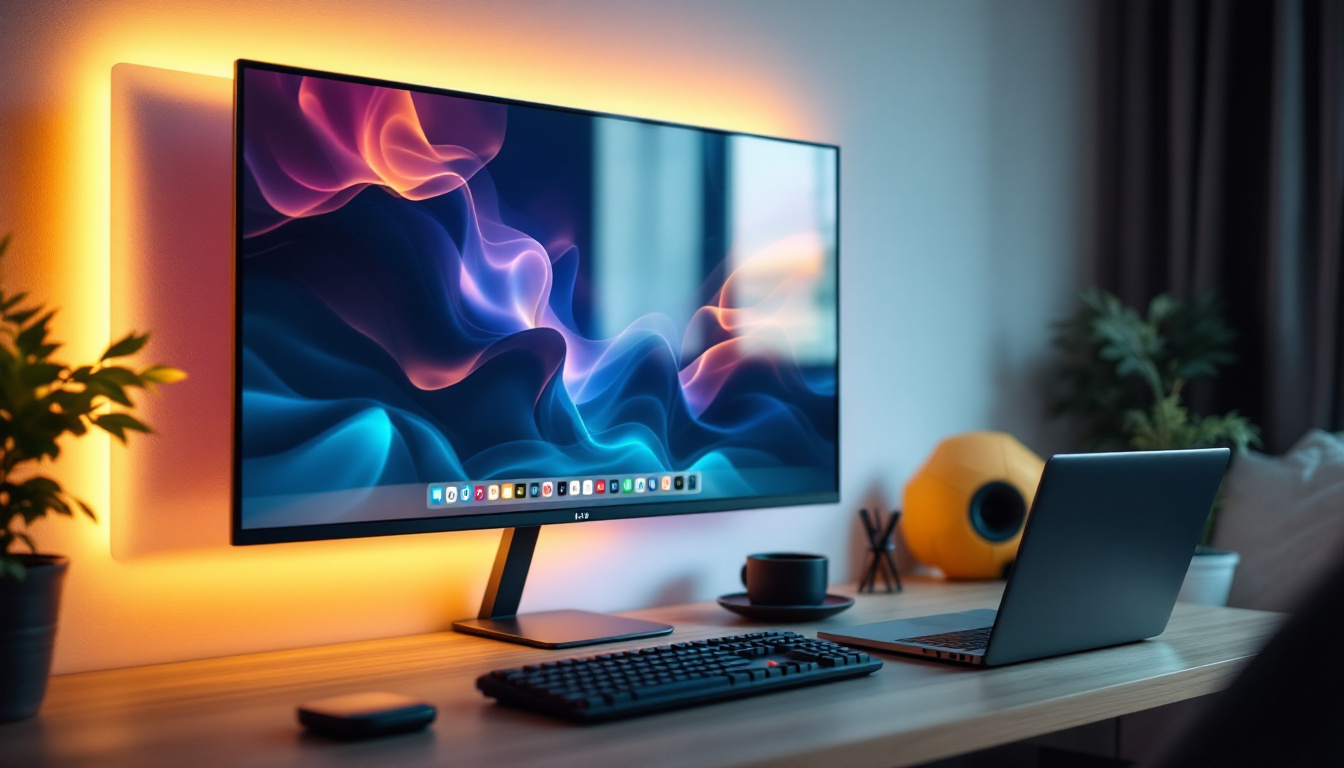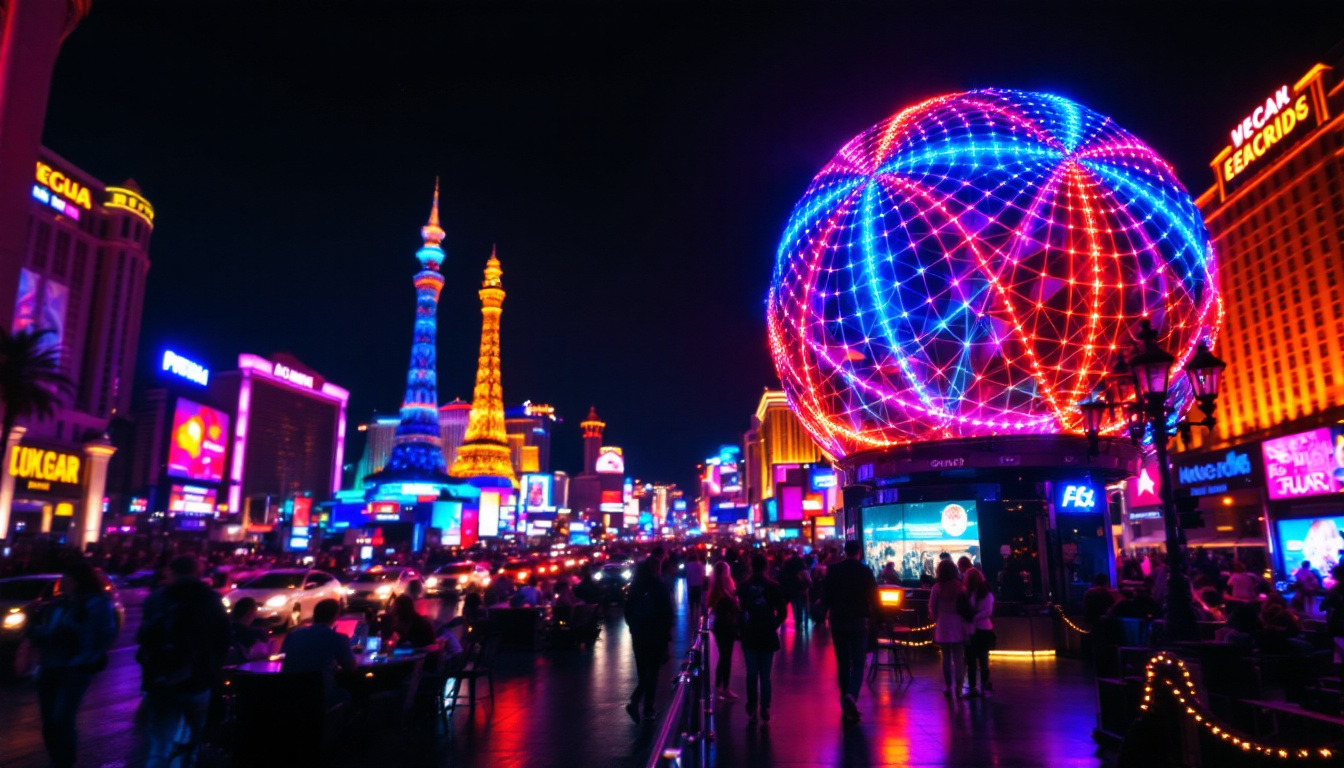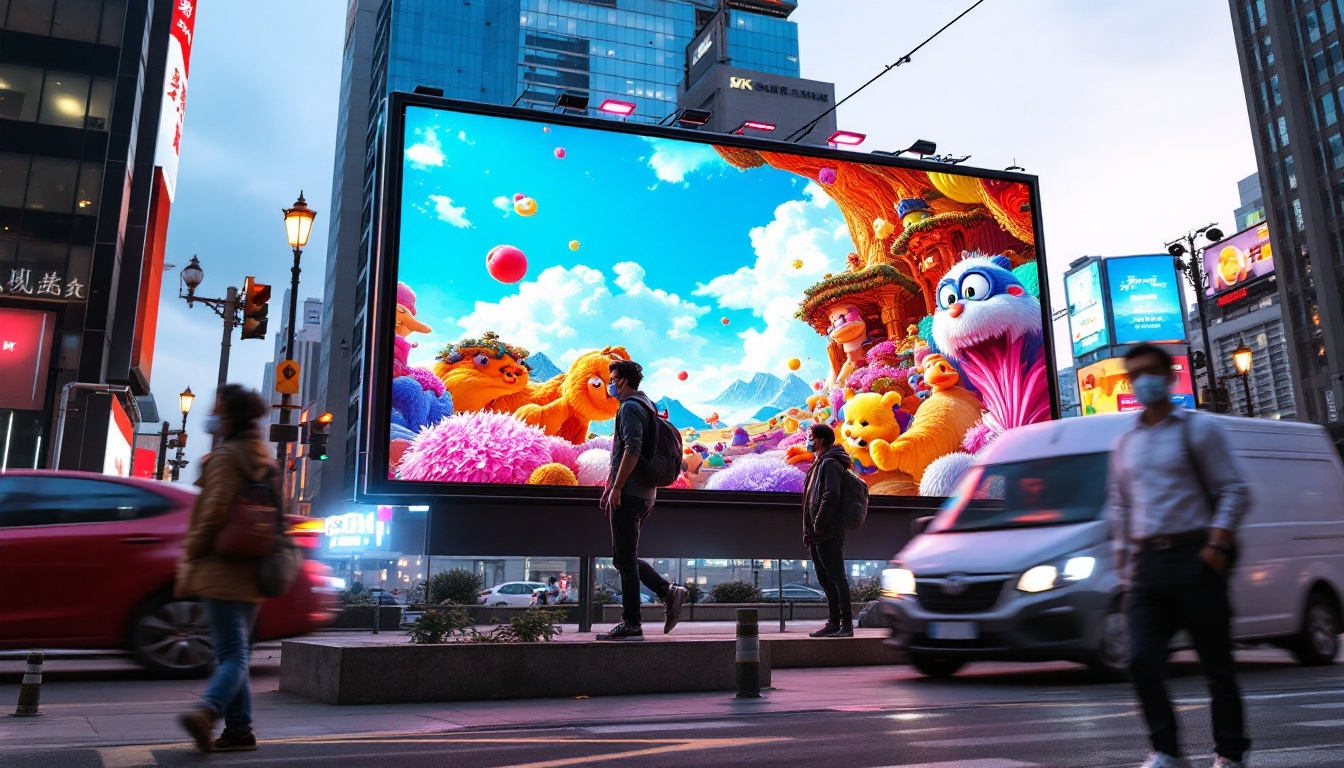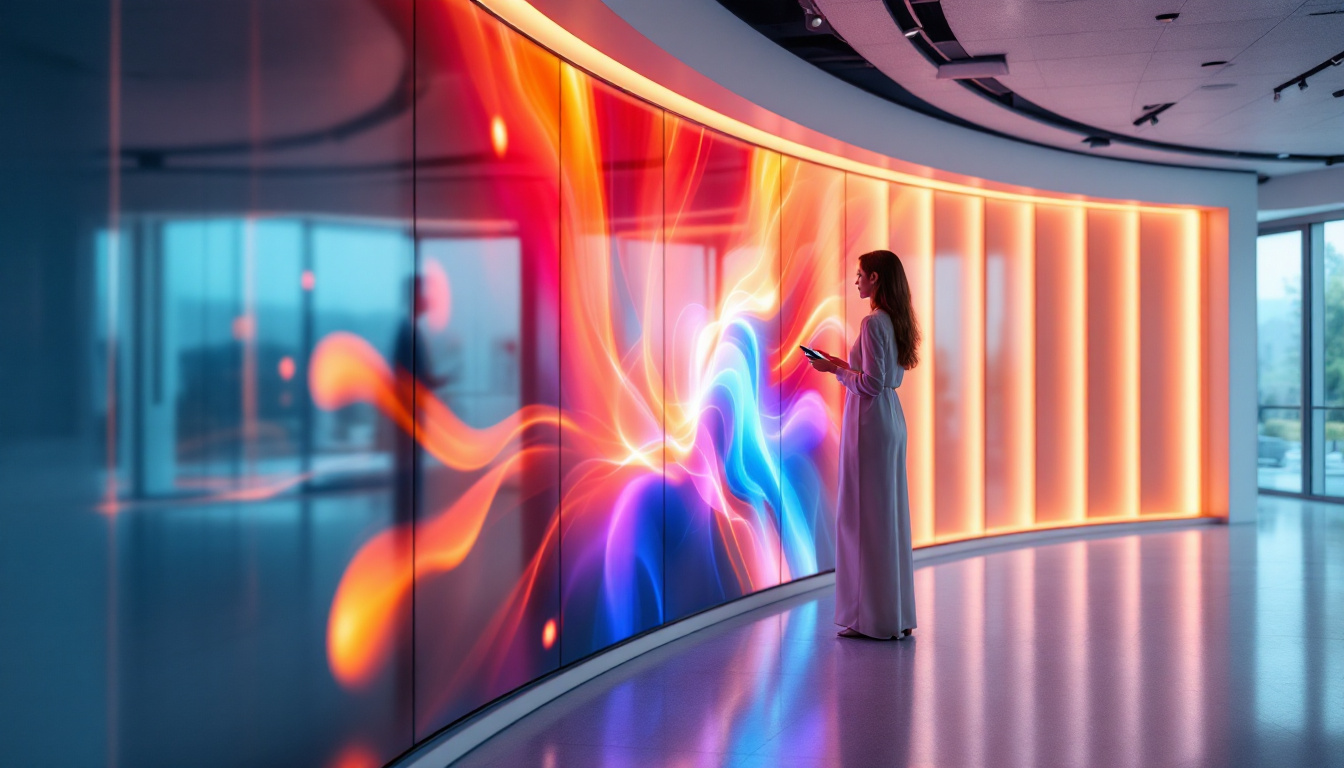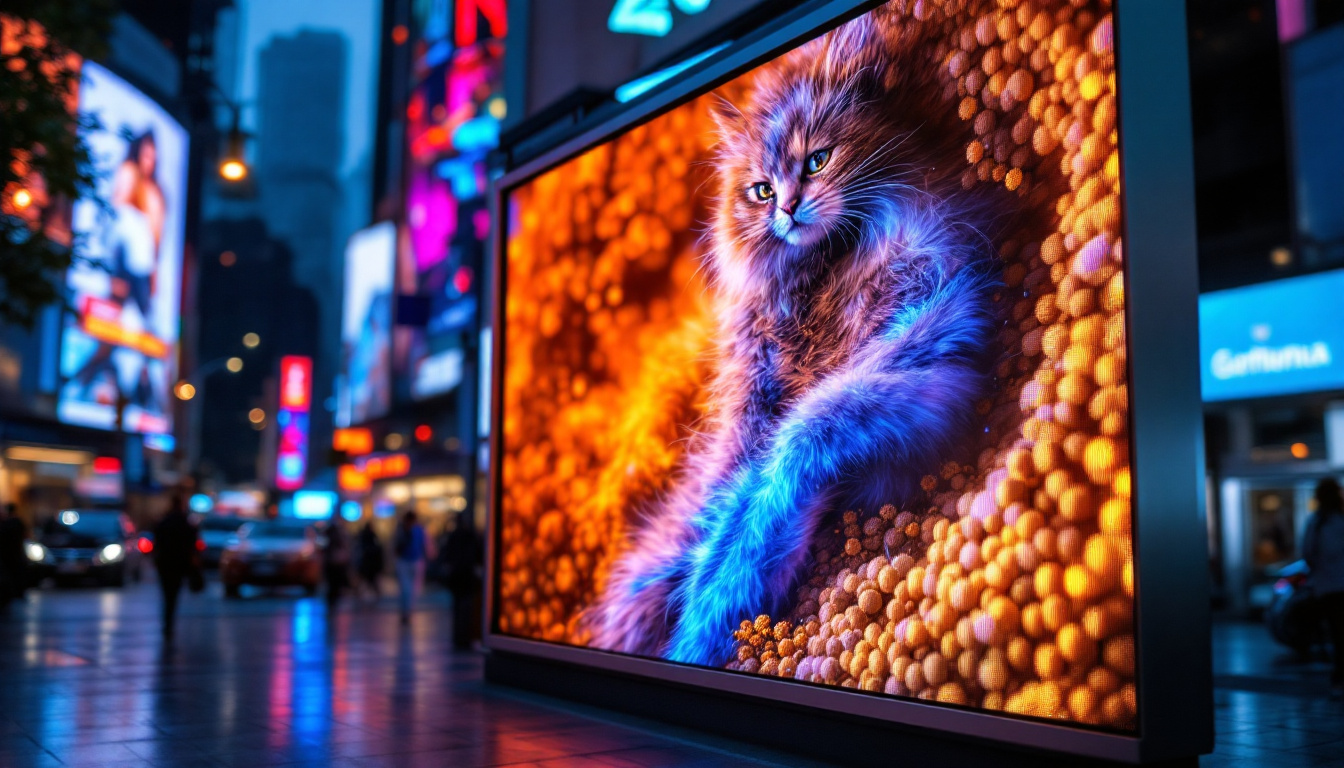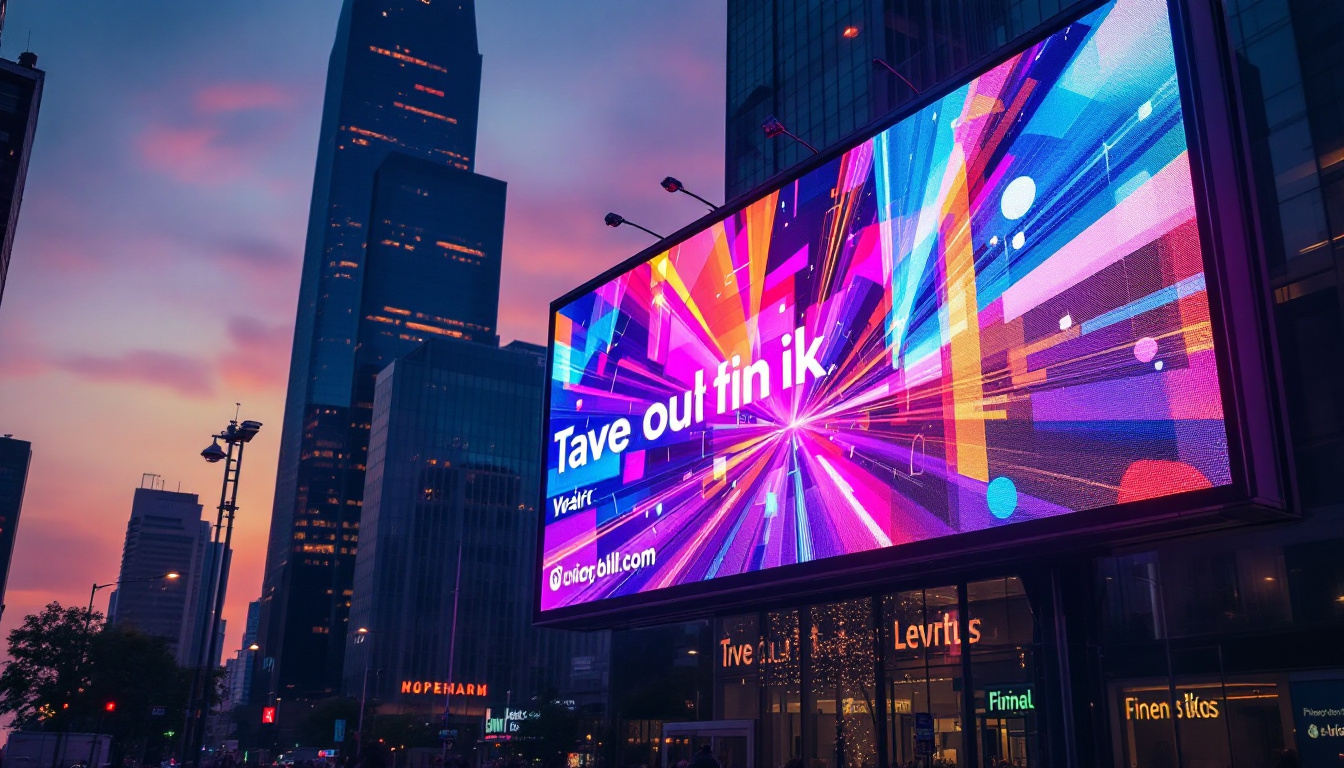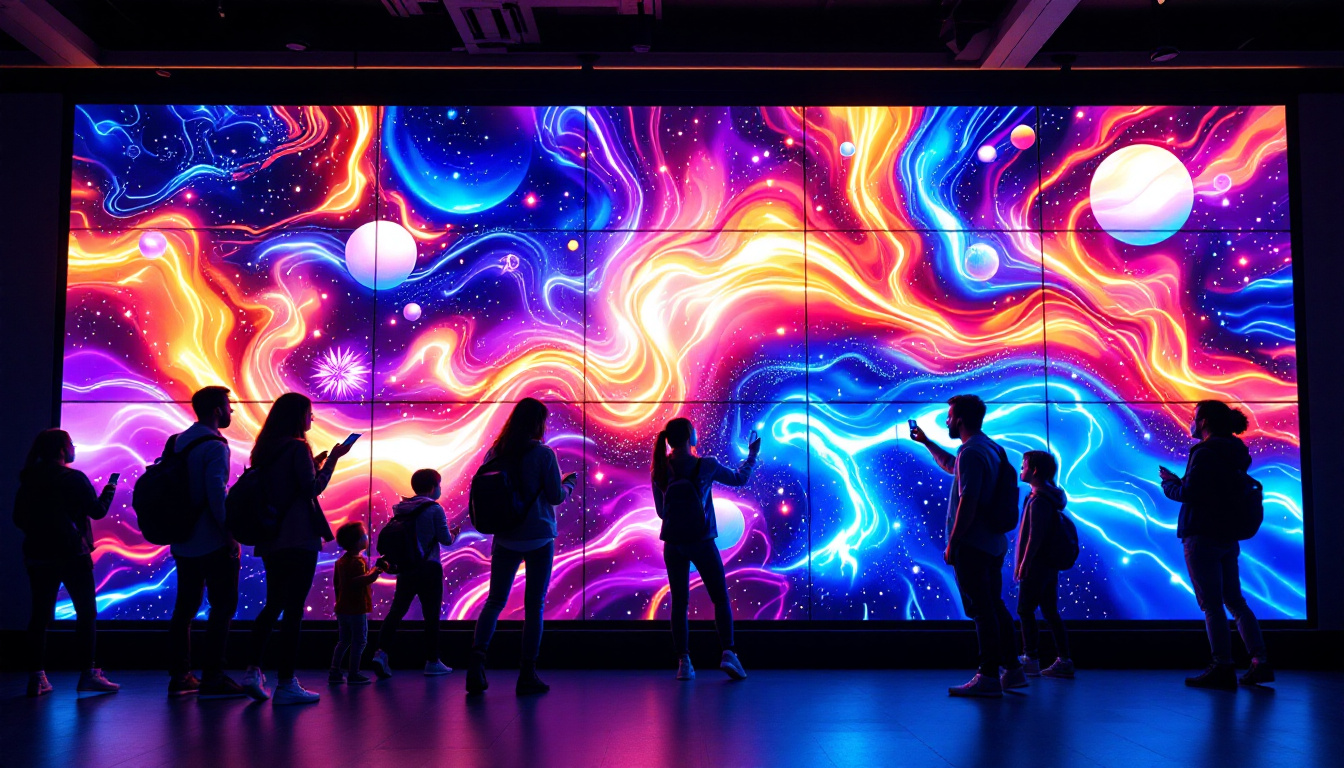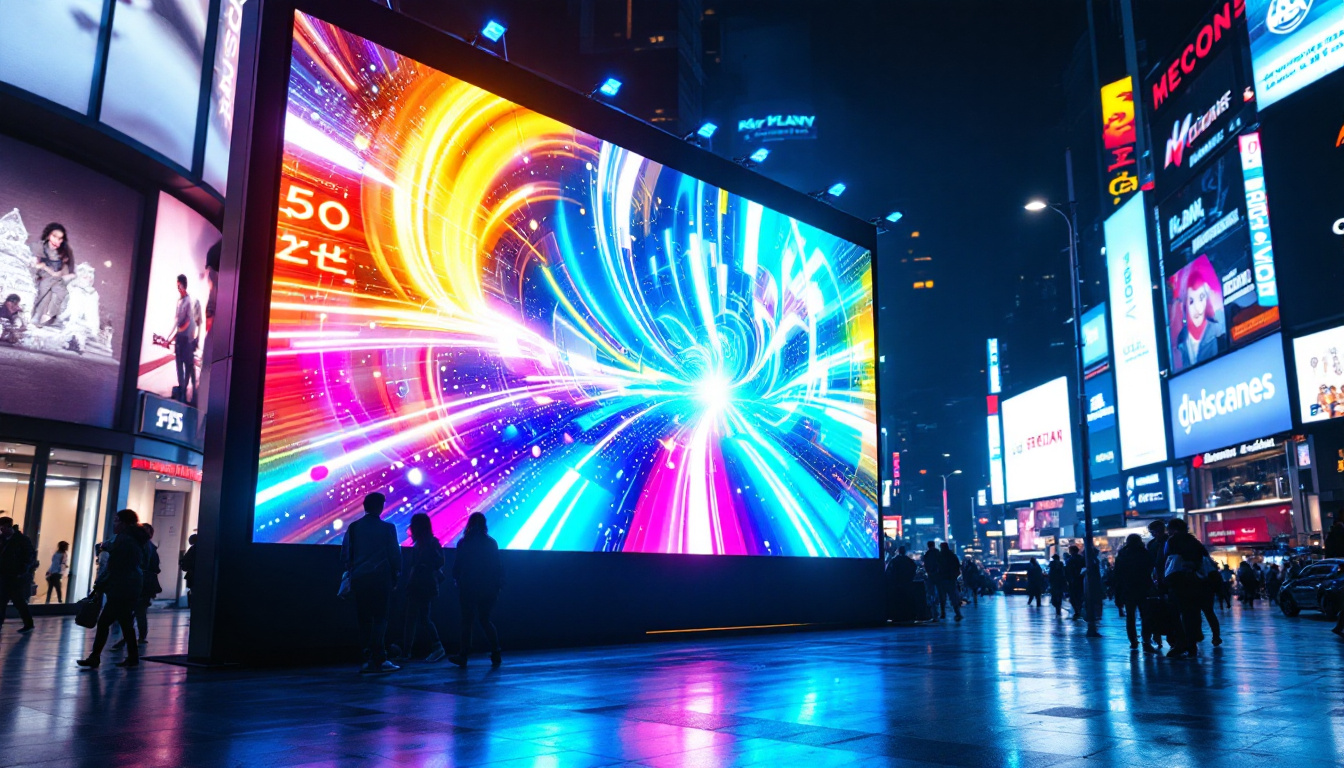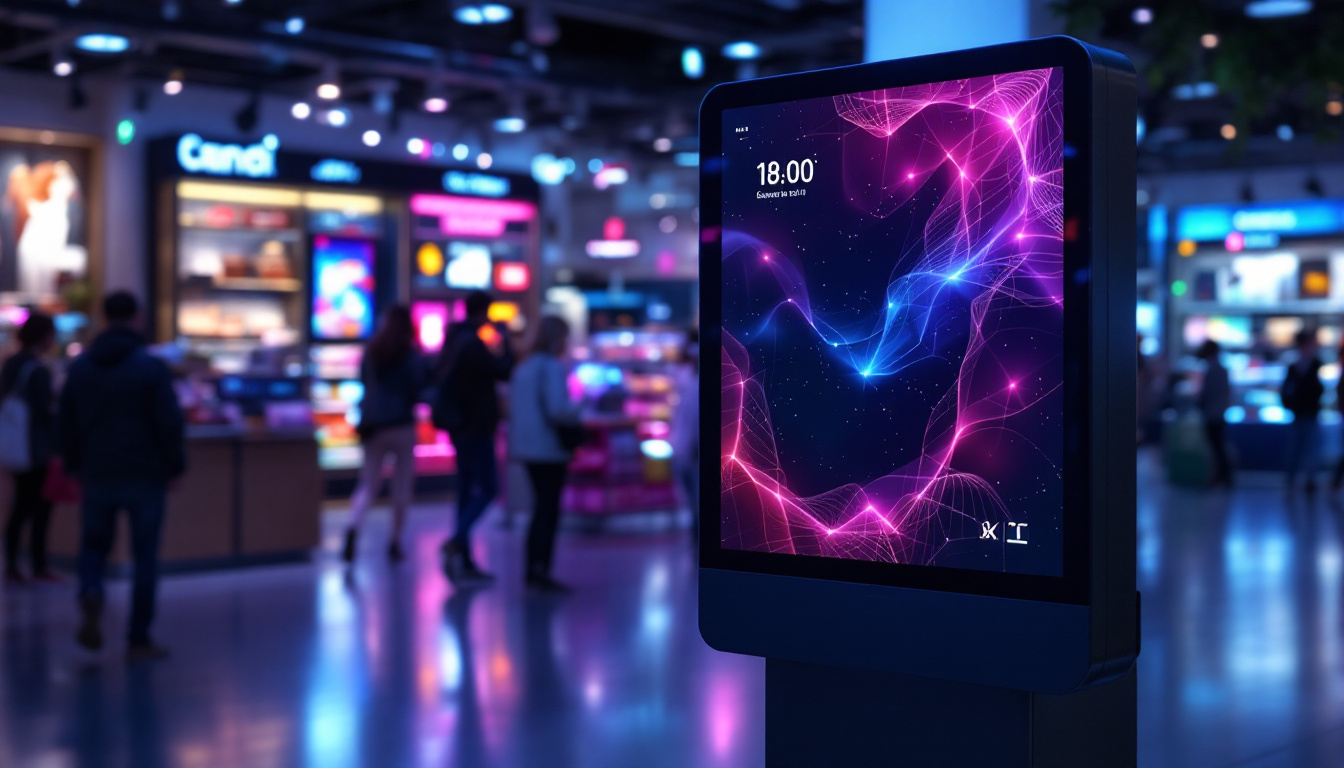In the realm of modern technology, LED displays have emerged as a pivotal component in various applications, from advertising to entertainment and even in the corporate sector. The SLP Planner, a sophisticated tool designed for managing and optimizing LED display usage, has gained traction among professionals seeking to enhance their visual communication strategies. This article delves into the intricacies of LED displays, their functionalities, and how the SLP Planner can streamline their deployment and management.
Understanding LED Display Technology
LED, or Light Emitting Diode, displays are a type of flat panel display technology that utilizes semiconductor materials to emit light when an electric current passes through them. This technology has revolutionized the way visual content is presented, offering vibrant colors, high brightness, and energy efficiency. The ability of LEDs to produce a wide spectrum of colors and their rapid response time makes them particularly suitable for dynamic content, such as videos and animations, which are increasingly prevalent in modern advertising and entertainment.
Types of LED Displays
LED displays can be categorized into several types, each serving different purposes and environments. The most common types include:
- Direct View LED Displays: These are made up of individual LED modules that create a large screen by combining multiple panels. They are often used for outdoor advertising and large venues, such as stadiums and concert halls, where visibility from a distance is crucial.
- LED Backlit LCD Displays: These displays use LEDs to illuminate an LCD panel, enhancing brightness and contrast. They are commonly found in televisions and computer monitors, providing a thinner profile and improved image quality over traditional CCFL backlighting.
- Organic LED (OLED) Displays: Utilizing organic compounds that emit light, OLED displays offer superior color accuracy and flexibility, making them ideal for smartphones and high-end televisions. Their ability to produce true blacks and a wider viewing angle has made them a favorite among filmmakers and graphic designers.
Key Features of LED Displays
LED displays boast several features that contribute to their popularity:
- Brightness: LED displays can achieve high levels of brightness, making them visible even in direct sunlight. This characteristic is particularly beneficial for outdoor installations, where ambient light can significantly affect visibility.
- Energy Efficiency: Compared to traditional display technologies, LED displays consume less power, reducing operational costs. This energy efficiency not only benefits the environment but also allows businesses to save on electricity bills, making LED technology a financially sound investment.
- Longevity: With a lifespan that can exceed 50,000 hours, LED displays require less frequent replacements. This durability is especially advantageous for commercial applications, where downtime can lead to lost revenue and customer dissatisfaction.
In addition to these features, LED displays are also known for their versatility in design. They can be configured in various shapes and sizes, allowing for creative installations that can fit into any architectural space. From curved screens in modern retail environments to massive video walls in public squares, the adaptability of LED technology has enabled a new era of visual communication. Furthermore, advancements in technology have led to the development of flexible LED displays, which can be bent and shaped to create unique visual experiences, further expanding the potential applications of this innovative display technology.
The Role of SLP Planner in LED Display Management
The SLP Planner is a comprehensive software solution designed to facilitate the planning, scheduling, and management of LED displays. It provides users with a range of tools to optimize content delivery and monitor performance, ensuring that displays operate at peak efficiency.
Content Scheduling and Management
One of the standout features of the SLP Planner is its robust content scheduling capabilities. Users can easily upload and manage various types of content, including videos, images, and animations. The intuitive interface allows for:
- Drag-and-Drop Functionality: Users can simply drag content into designated time slots, making scheduling a breeze.
- Real-Time Updates: Changes can be made on-the-fly, allowing for spontaneous content adjustments based on current events or promotions.
Moreover, the SLP Planner supports advanced content categorization, enabling users to organize their media library efficiently. This feature allows for the creation of playlists that can be tailored to specific audiences or events, ensuring that the right message reaches the right people at the right time. Additionally, users can set recurring schedules for regular content, such as daily advertisements or weekly announcements, streamlining the management process and reducing the time spent on repetitive tasks.
Performance Monitoring
Another critical aspect of the SLP Planner is its ability to monitor the performance of LED displays. This feature includes:
- Real-Time Analytics: Users can track metrics such as viewership, engagement, and operational status, providing valuable insights into display effectiveness.
- Maintenance Alerts: The system can notify users of potential issues, helping to prevent downtime and ensure that displays are always operational.
In addition to these features, the SLP Planner offers customizable reporting tools that allow users to generate detailed performance reports over specific time frames. This capability helps businesses analyze trends and make informed decisions about future content strategies. Furthermore, the integration of machine learning algorithms enhances the system’s ability to predict peak viewing times and audience preferences, enabling users to optimize their content delivery further. By leveraging these insights, organizations can maximize their return on investment and ensure that their LED displays remain a powerful tool for engagement and communication.
Benefits of Using SLP Planner for LED Displays
The integration of SLP Planner into LED display management offers numerous advantages that can significantly enhance operational efficiency and content effectiveness.
Enhanced User Experience
With its user-friendly interface and comprehensive features, SLP Planner enhances the overall user experience. Users can easily navigate the platform, making it accessible for individuals with varying levels of technical expertise. This ease of use translates to more effective content management and scheduling, ultimately leading to a better viewer experience.
Cost-Effectiveness
By optimizing content delivery and minimizing downtime through proactive monitoring, SLP Planner helps organizations reduce operational costs. The ability to schedule content efficiently means that organizations can maximize the impact of their displays without incurring unnecessary expenses.
Scalability
As businesses grow, their needs may evolve. The SLP Planner is designed to scale with organizations, accommodating additional displays and more complex content requirements without compromising performance. This scalability ensures that companies can adapt to changing market conditions and audience preferences seamlessly.
Implementing SLP Planner in Your Organization
Integrating SLP Planner into an organization’s existing workflow can be a straightforward process, provided that certain steps are followed. Proper implementation ensures that users can fully leverage the capabilities of the software.
Assessment of Current Needs
Before implementing the SLP Planner, organizations should assess their current display management needs. This involves evaluating:
- The number of displays currently in use
- The types of content being displayed
- Current scheduling and management processes
Training and Onboarding
Once the assessment is complete, training sessions should be conducted to familiarize staff with the SLP Planner. This training can include:
- Hands-on demonstrations of the software
- Best practices for content creation and scheduling
- Guidance on performance monitoring and analytics interpretation
Continuous Evaluation and Feedback
After implementation, it is essential to continuously evaluate the effectiveness of the SLP Planner. Gathering feedback from users can help identify areas for improvement and ensure that the software is meeting organizational needs. Regular assessments can lead to:
- Enhanced user satisfaction
- Improved content strategies
- Increased ROI on LED display investments
Future Trends in LED Display Technology
The landscape of LED display technology is constantly evolving, with new trends emerging that promise to enhance the capabilities of displays further. Understanding these trends can help organizations stay ahead of the curve.
Advancements in Resolution and Clarity
As technology progresses, LED displays are becoming capable of achieving higher resolutions and greater clarity. This trend is particularly evident in the rise of 4K and 8K displays, which offer stunning visuals that can captivate audiences. Organizations can leverage these advancements to create more engaging and immersive experiences.
Integration with Smart Technology
The integration of LED displays with smart technology is another trend gaining momentum. This includes:
- IoT Connectivity: Displays that can connect to the Internet of Things (IoT) can be controlled remotely and can adapt content based on real-time data.
- AI-Driven Content Management: Artificial intelligence can analyze audience behavior and preferences, allowing for dynamic content adjustments that enhance engagement.
Sustainability Initiatives
As environmental concerns become more pressing, the LED display industry is moving towards more sustainable practices. This includes:
- Using eco-friendly materials in manufacturing
- Implementing energy-efficient technologies to reduce carbon footprints
Conclusion
LED displays have transformed the way organizations communicate visually, and the SLP Planner serves as an invaluable tool in managing this technology effectively. By understanding the intricacies of LED displays and leveraging the capabilities of the SLP Planner, organizations can enhance their visual communication strategies, improve operational efficiency, and stay ahead in a competitive landscape.
As technology continues to evolve, embracing innovations in LED displays and management software will be crucial for organizations aiming to captivate their audiences and deliver impactful messages. The future of LED displays, coupled with tools like the SLP Planner, promises exciting possibilities for visual communication.
Discover LumenMatrix LED Display Solutions
Ready to elevate your visual communication with the latest in LED display technology? Look no further than LumenMatrix, where innovation meets excellence. Our comprehensive range of LED display modules, from Indoor and Outdoor LED Walls to specialized solutions like Vehicle Displays and Custom LED Displays, are designed to captivate your audience and amplify your message. Embrace the future of digital signage with LumenMatrix and transform your space into a dynamic visual experience. Check out LumenMatrix LED Display Solutions today and see the difference for yourself.


